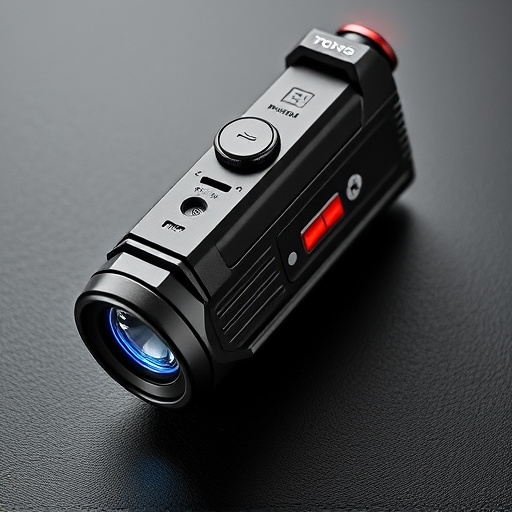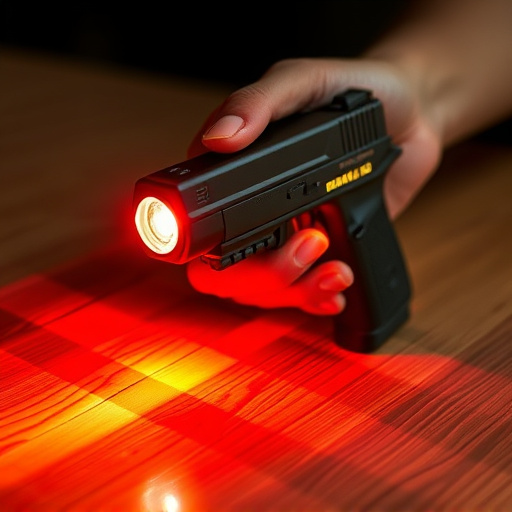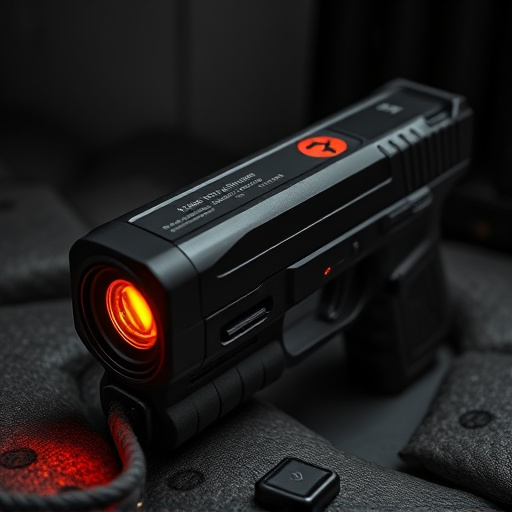Slider stun guns, popular among civilians and law enforcement for non-lethal incapacitation, face a complex legal landscape in the US due to varying state regulations. With minimal restrictions in some states to stringent rules elsewhere, understanding local laws is crucial for ownership and carrying. Users must research permits, licenses, and settings prohibitions to ensure compliance, stay informed about legal updates, practice safe handling, and respect limitations in sensitive areas for responsible personal safety use.
“Uncover the legal landscape surrounding slider stun guns in the US. This comprehensive guide explores state-by-state restrictions, offering crucial insights for responsible ownership. From understanding the definition and uses of these non-lethal self-defense tools to navigating federal vs. state regulations, we demystify the process. Learn about specific laws affecting slider stun guns and gain practical tips for carrying them legally. Empower yourself with knowledge in this essential resource for stun gun enthusiasts.”
- Understanding Stun Guns: Definition and Uses
- Legal Framework: Federal vs State Regulations
- State-Specific Restrictions on Slider Stun Guns
- Carrying a Stun Gun: Tips for Compliance
Understanding Stun Guns: Definition and Uses

Stun guns, also known as electronic control devices (ECDs), are non-lethal weapons designed to temporarily incapacitate a target through electrical impulses. They emit a strong electric shock that disrupts muscle control, causing the individual to fall to the ground and remain incapacitated for several minutes. Stun guns have gained popularity among individuals seeking personal protection due to their perceived safety benefits over traditional firearms. These devices are often promoted as user-friendly options for self-defense, especially for those who may not have experience handling conventional weapons.
One popular type is the slider stun gun, which features a unique design where the barrels slide out upon activation. This mechanism allows users to aim and fire the device from a distance, making it a versatile option for self-defense scenarios. Stun guns are used not only by civilians for personal safety but also by law enforcement agencies as an alternative to lethal force in certain situations. However, their availability and usage regulations vary significantly across different states, creating a complex legal landscape that users must navigate to ensure compliance with local laws.
Legal Framework: Federal vs State Regulations

The legal framework surrounding slider stun guns in the United States is a complex interplay between federal and state regulations, creating a patchwork of laws across different states. While the Federal Government has established certain guidelines and restrictions on stun gun possession and sale, individual states hold significant authority to set their own rules and regulations. This dichotomy can lead to varying levels of accessibility and restrictions depending on where you live.
State laws often dictate who can purchase, possess, and carry a slider stun gun, with some states allowing unrestricted access while others impose strict requirements such as permit systems, age limitations, or even complete prohibition. Understanding these differences is crucial for anyone considering owning a slider stun gun, as it directly impacts personal rights and responsibilities.
State-Specific Restrictions on Slider Stun Guns

In the United States, the legality of owning and carrying a slider stun gun varies significantly from state to state. While some states allow the possession of stun devices with minimal restrictions, others have stringent regulations in place. It’s crucial for individuals considering purchasing a slider stun gun to understand these state-specific laws to ensure compliance with local statutes.
For instance, some states require a permit or license to carry a stun gun, while others classify them as firearms and impose similar restrictions as conventional guns. Certain jurisdictions even prohibit the use of stun devices entirely in specific settings, such as schools or public gatherings. Given this patchwork of regulations, it’s essential for users to research their state’s laws before acquiring and using a slider stun gun to avoid legal repercussions.
Carrying a Stun Gun: Tips for Compliance

Carrying a stun gun, also known as a slider stun gun due to its compact and easily accessible design, requires careful navigation of legal restrictions that vary widely by state. Before deploying this personal safety tool, it’s crucial to understand the specific laws governing stun guns in your area. Check local statutes to confirm if stun guns are permitted for self-defense, and note any restrictions on carrying them openly or concealed. Some states allow open carry with a permit, while others may only permit hidden carry with stringent licensing requirements.
To ensure compliance, stay informed about any updates to the law and consult official resources. Additionally, familiarize yourself with safe handling practices and storage methods. Remember that even in compliant states, there are often limitations on where stun guns can be used, such as schools, government buildings, or airports. Respecting these restrictions not only keeps you within legal boundaries but also promotes responsible use, enhancing your personal safety without causing unnecessary inconvenience.
In navigating the legal landscape surrounding slider stun guns, understanding state-specific restrictions is crucial. This article has provided insights into the federal versus state regulations framework and offered guidance on carrying these devices for personal protection. Remember that while stun guns offer a means of self-defense, their legality varies widely, with some states permitting them without a permit and others restricting their use. Always check local laws and consider seeking professional advice to ensure compliance when carrying a slider stun gun.
